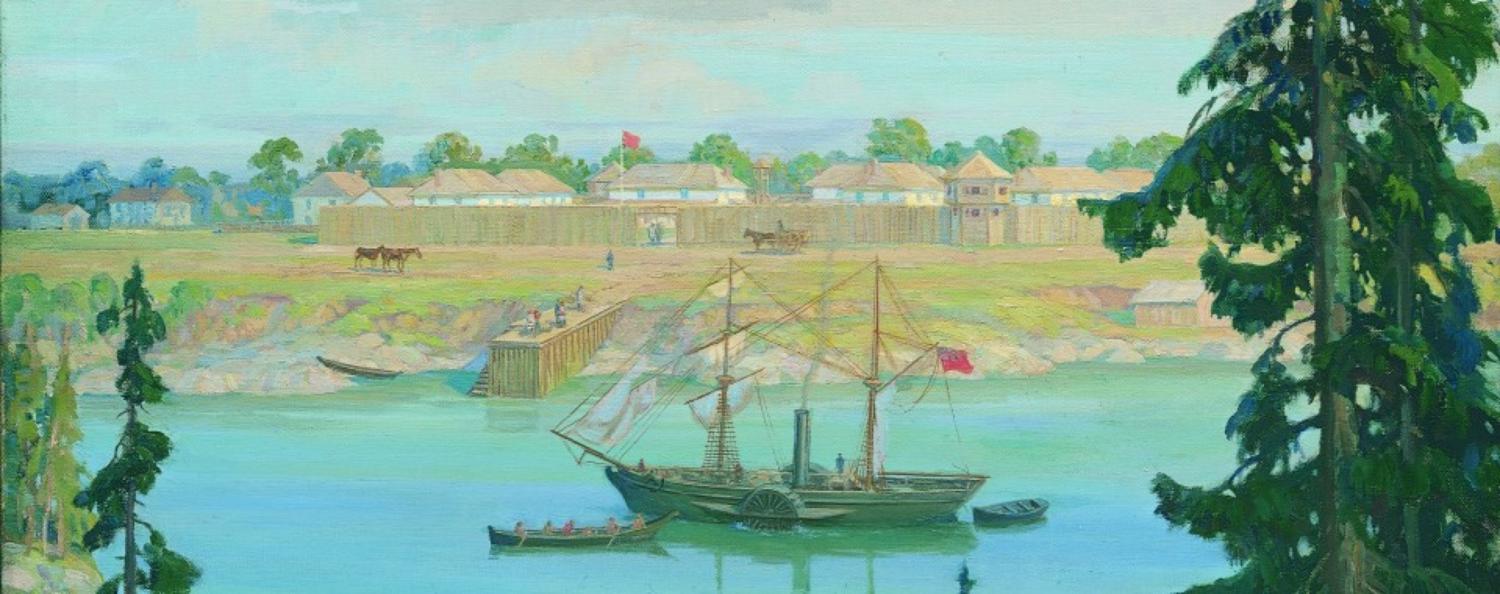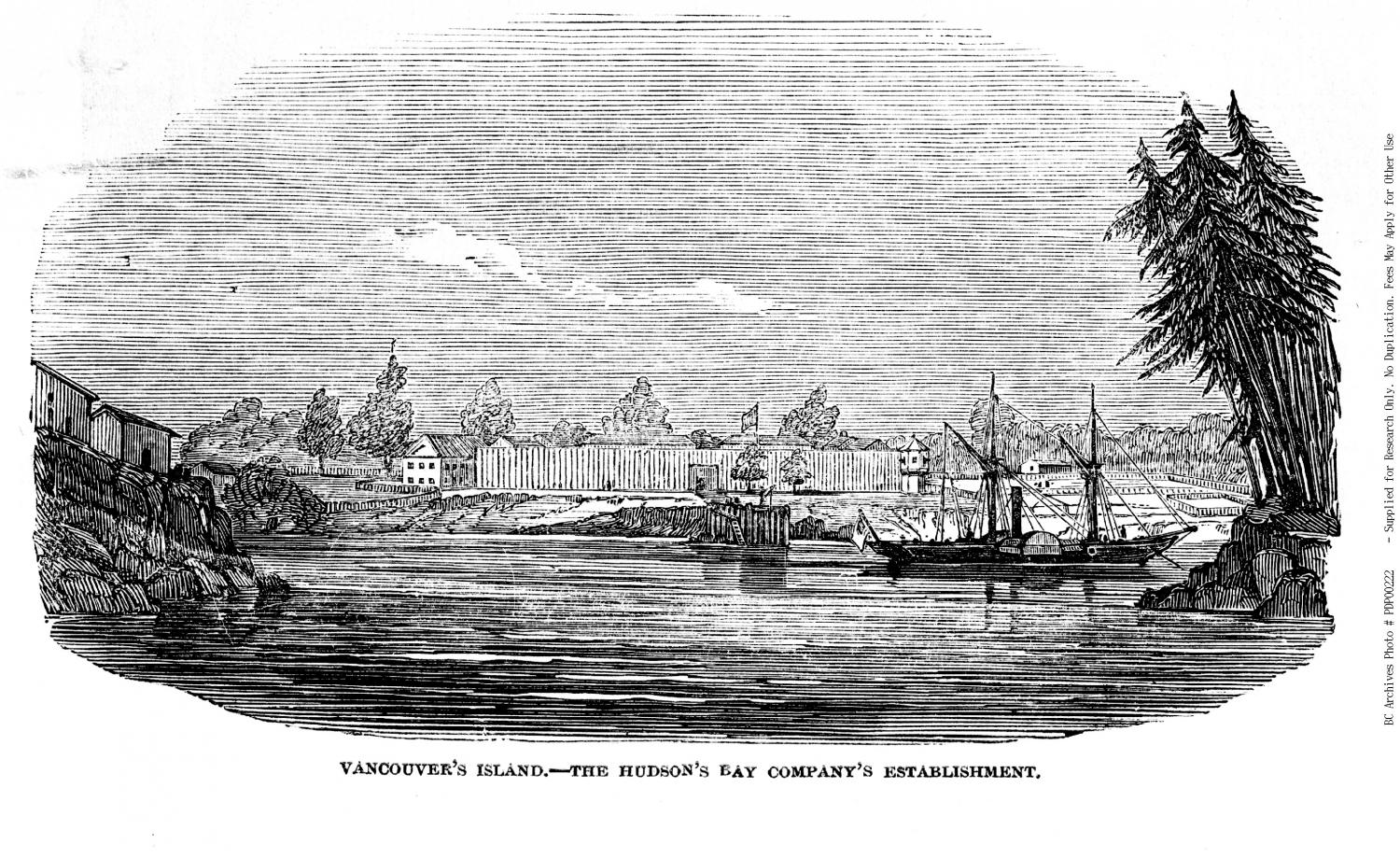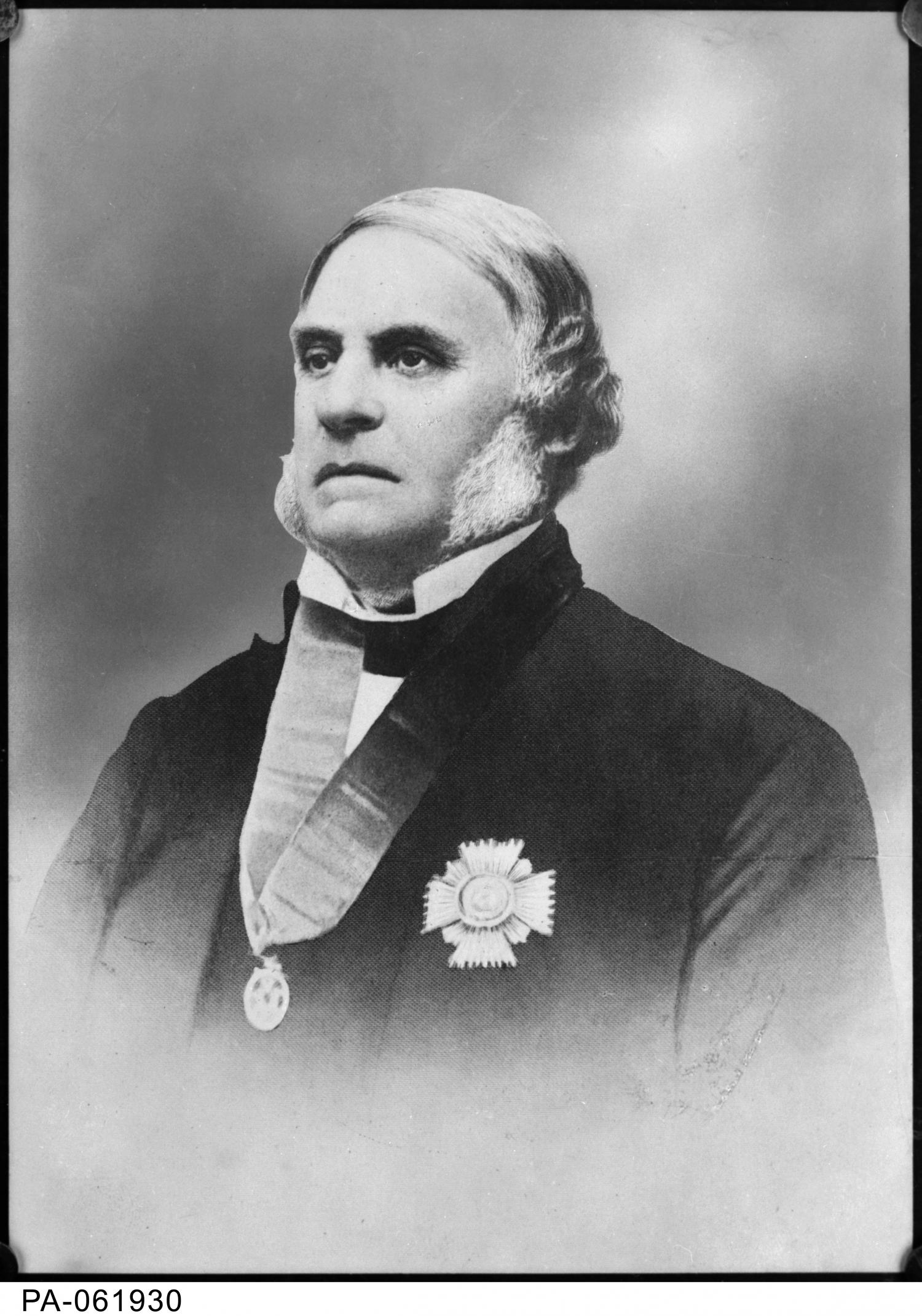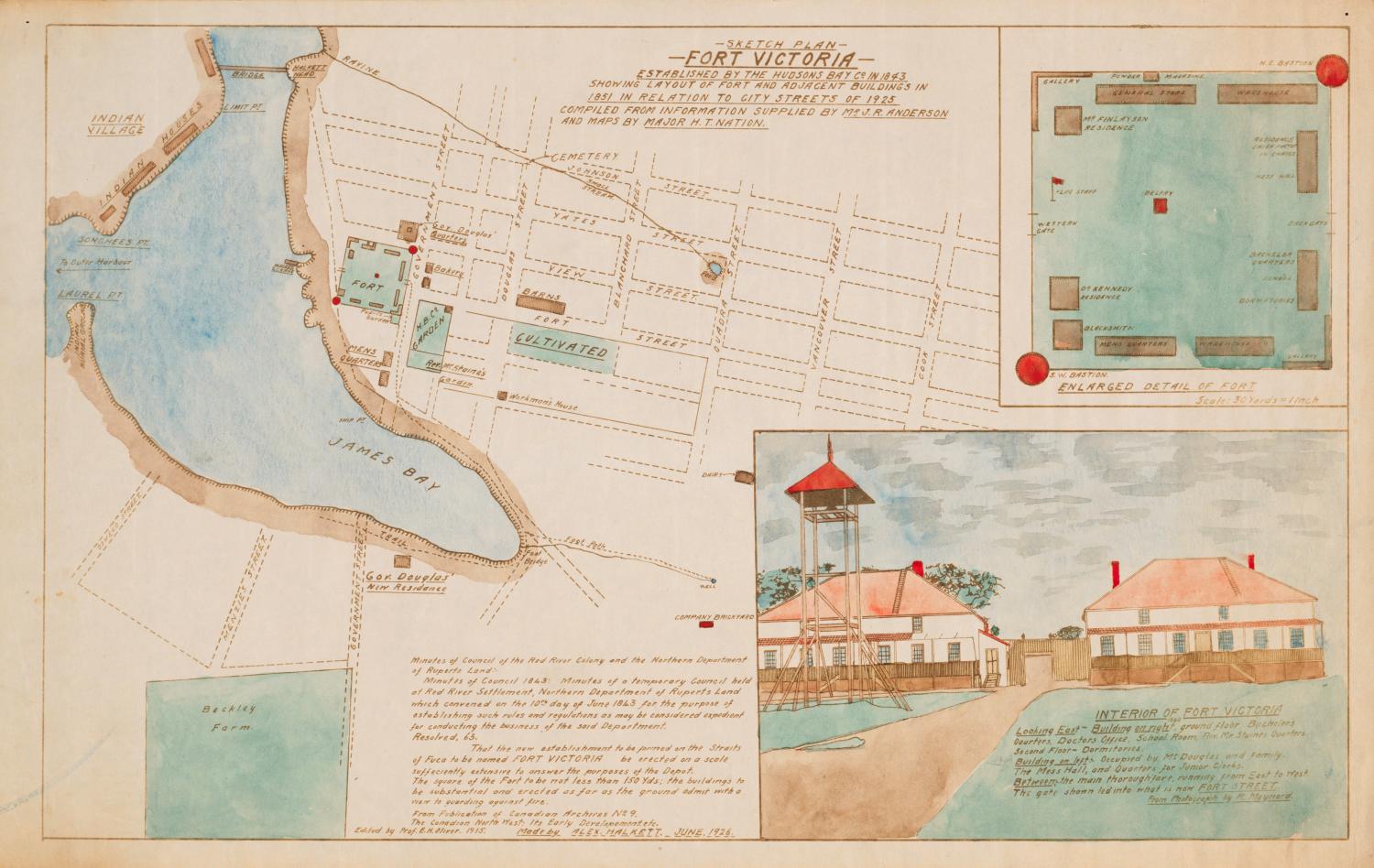Colony of Vancouver Island
Britain establishes its first colony in the Pacific Northwest
Date: 1849
On Jan. 13, 1849, the British Empire officially declared Vancouver Island a Crown colony — despite the fact that 50 different First Nations had long called the island home. Rather than establish an expensive colonial government, London struck a public-private partnership and leased the territory to the Hudson’s Bay Company (HBC) for 10 years. The British Colonial Office granted the fur-trading company, which had moved its Pacific headquarters to Fort Victoria in 1846, complete authority over the island and exclusive trading rights in the territory north of the 49th parallel and west of the Rocky Mountains. In return, the HBC paid an annual fee of a paltry seven shillings –– equivalent to about $50 today –– and promised to quickly develop a fledgling colony of British subjects on the resource-rich island.
More than a year after Vancouver Island became a colony, Britain sent a young aristocrat named Richard Blanshard to oversee its new outpost. The island’s first governor arrived in Fort Victoria on March 9, 1850. Little awaited him –– no private residence, no civil servants, no police, no army, and no jail. Blanshard, who had accepted the post despite a lack of salary, believed one thousand acres of pristine land had been set aside for him. He was sorely mistaken. Shortly after he arrived, Blanshard realized he held little authority on the island, whose non-Indigenous population primarily consisted of HBC employees. The majority of power instead lay in the hands of James Douglas, the chief factor of the HBC, who had established Fort Victoria on the southern tip of Vancouver Island in 1843.
On November 18, 1850, Blanshard resigned his post. He left Vancouver Island the following summer, less than two years after he had arrived. The British government made Douglas governor shortly after Blanshard’s departure. Despite his new position, he remained the chief factor of the HBC. The conflict of interest between his corporate and public responsibilities raised concerns within the new colony and in the parliamentary halls of London. However, the controversy did little to weaken Douglas’s hold on power. He eventually left the HBC when he assumed governorship of the mainland in 1858. Douglas led both colonies until his retirement in 1864.
Sources:
1. Adams, John. Sir James Douglas: Sinner, Saint or Both? Times Colonist, 21 Oct. 2018, www.timescolonist.com/islander/sir-james-douglas-sinner-saint-or-both-1.23470993.
2. Artibise, Alan F.J. Vancouver Island. The Canadian Encyclopedia, 24 Oct. 2010, www.thecanadianencyclopedia.ca/en/article/vancouver-island.
3. Gough, Barry M. “Crown, Company, and Charter: Founding Vancouver Island Colony –A Chapter in Victorian Empire Making.” BC Studies, no. 76, 0AD.
4. Mackie, Richard. “The Colonization of Vancouver Island, 1849–1858.” British Imperial Strategies in the Pacific, 1750–1900, no. 96, 0AD, pp. 125–162., doi:10.4324/9781315261287-7.
5. Madill, Dennis F.K. Fort Victoria. The Canadian Encyclopedia, 7 Feb. 2007, www.thecanadianencyclopedia.ca/en/article/fort-victoria.
6. Ormsby, Margaret A. Sir James Douglas. The Canadian Encyclopedia, 14 Feb. 2008, www.thecanadianencyclopedia.ca/en/article/sir-james-douglas.
7. Ray, Arthur J. Hudson's Bay Company. The Canadian Encyclopedia, 2 Apr. 2009, www.thecanadianencyclopedia.ca/en/article/hudsons-bay-company.
8. Reid, Bob. “The Colony of Vancouver Island: 1849 to 1855.” The Scrivener, vol. 12, no. no. 3, Oct. 2003, pp. 69–72., doi:https://mrnagra.files.wordpress.com/2016/05/12_3_31.pdf.






